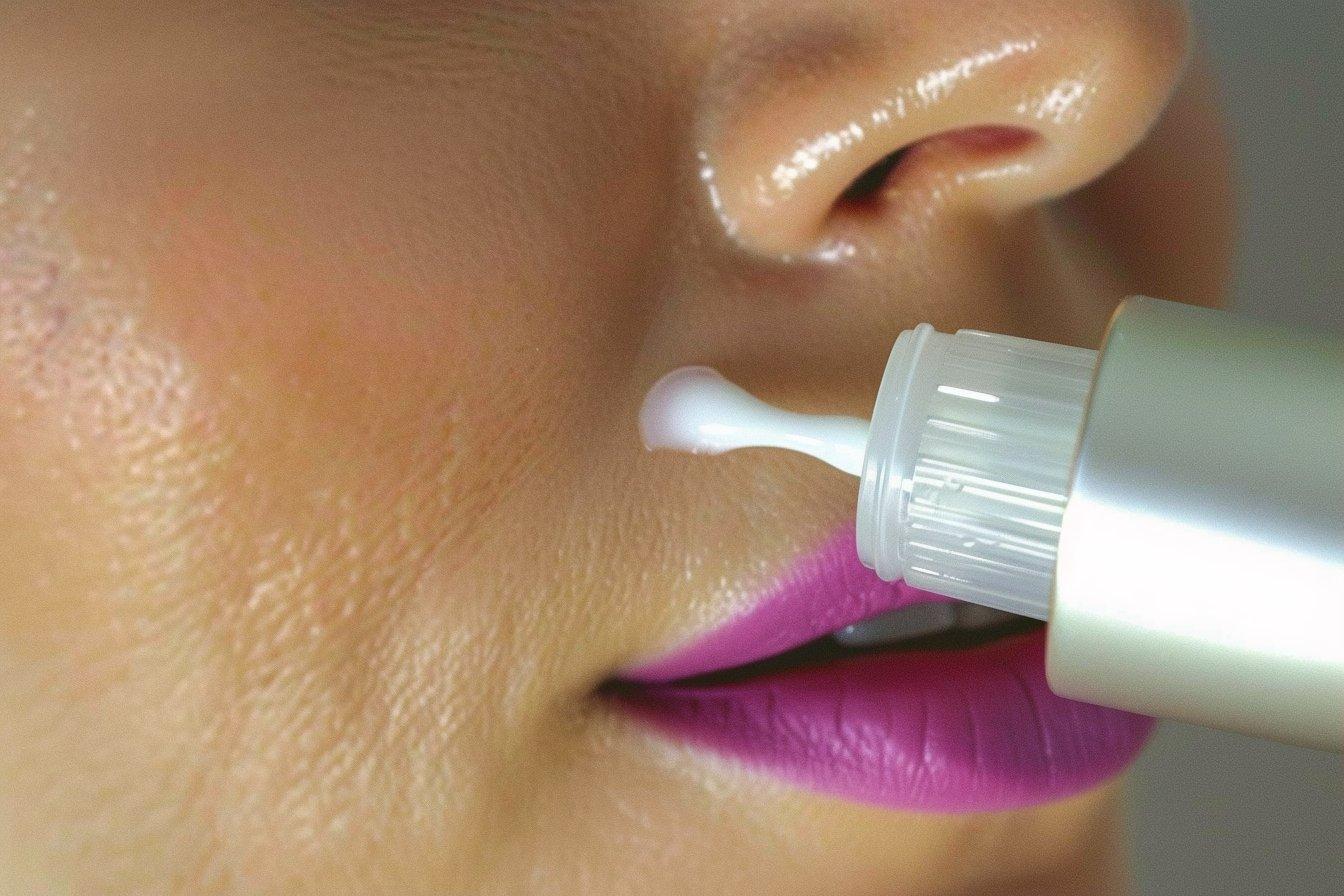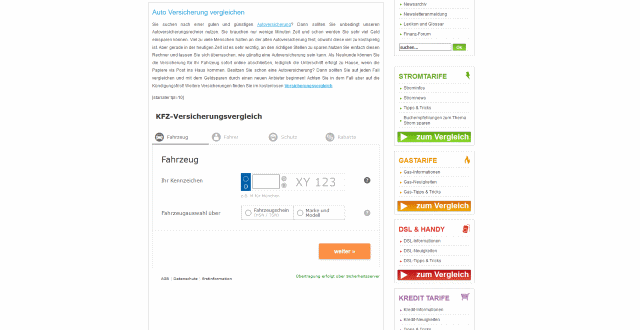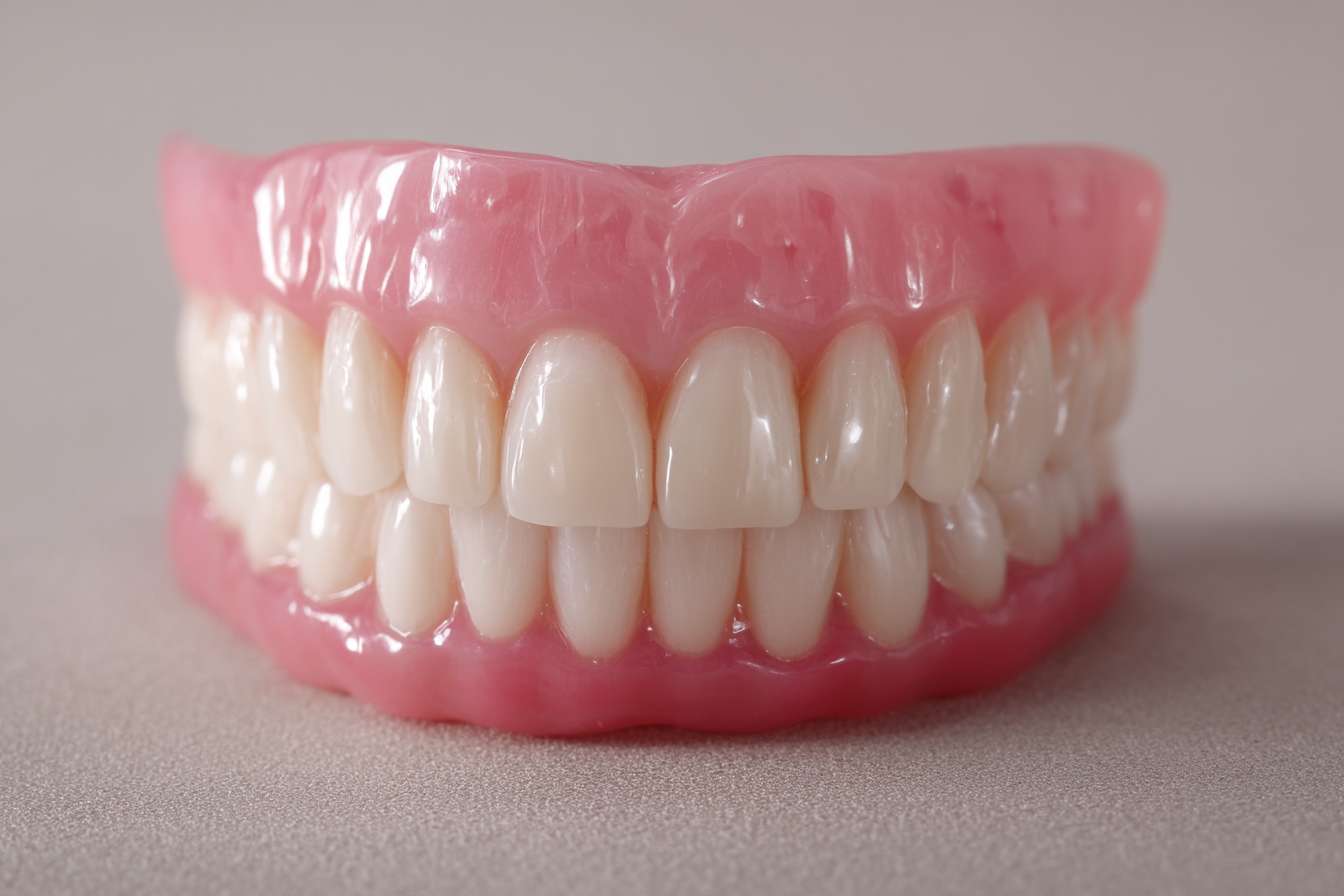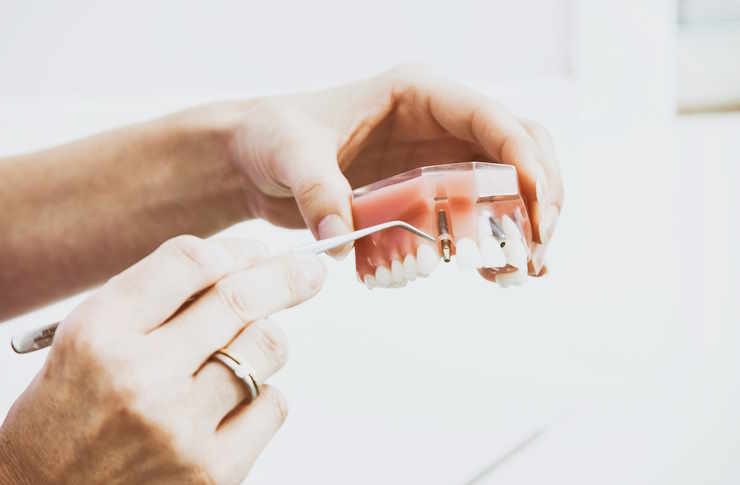Diving into the World of Juvederm: A Comprehensive Guide
The beauty world is an ever-evolving landscape filled with new discoveries, intricate procedures, and innovative products aimed at enhancing one's natural beauty. Among the plethora of options available today, Juvederm, a non-surgical filler, has steadily gained a reputation as a reliable and efficient solution for dealing with aging signs like wrinkles and volume loss. This injectable gel has provided countless people with the opportunity to rejuvenate their facial features without resorting to invasive procedures. Yet, despite its popularity, many aspects of Juvederm remain shrouded in mystery for the uninitiated. This article seeks to shed light on this fascinating product, highlighting its origins, current applications, and overall impact on the beauty industry.

The Genesis of Juvederm: A Historical Overview
Juvederm was born out of a desire to provide a non-invasive, effective solution for combatting the inevitable signs of aging. The product was first introduced to the market in 2006 by Allergan, the same pharmaceutical giant that brought us Botox. Juvederm is a hyaluronic acid filler, a substance naturally found in the body that helps to hydrate and add volume to the skin.
Over the years, Juvederm has evolved and expanded to include a family of fillers, each designed to address specific areas of the face, including the cheeks, lips, and the area around the mouth. The product’s versatility and effectiveness have cemented its place in the beauty industry, with practitioners and patients alike singing its praises.
Juvederm in the Modern Beauty Landscape
In the current beauty landscape, where non-invasive treatments are gaining popularity, Juvederm stands out as a trusted and effective option. Thanks to its unique formulation, Juvederm offers immediate results that can last up to two years, a much longer period compared to other fillers. This has made it a favored choice for those seeking to address age-related volume loss and wrinkles without the downtime associated with surgical procedures.
Moreover, Juvederm has a proven safety profile. It is FDA-approved and has undergone rigorous testing to ensure its safety and efficacy. As a result, it is widely used by dermatologists and cosmetic surgeons worldwide, further boosting its reputation in the global beauty industry.
The Impact of Juvederm: Changing Perceptions of Beauty
Juvederm has undoubtedly made a significant impact on the beauty industry. By offering a non-surgical, minimally invasive option for facial rejuvenation, it has democratized access to aesthetic treatments, making them more accessible to a wider audience. No longer are such treatments the exclusive domain of the rich and famous.
Moreover, Juvederm has played a crucial role in changing societal perceptions of beauty and aging. By allowing individuals to enhance their natural features and combat the signs of aging, it has fostered a culture of self-confidence and body positivity. The narrative has shifted from hiding or masking signs of aging to embracing and enhancing one’s natural beauty at any age.
Unique Insights: The Subtle Art of Juvederm
While Juvederm’s popularity is undeniable, what sets it apart is its ability to provide subtle, natural-looking results. The key lies in the skillful application of the product. An experienced practitioner can utilize Juvederm to enhance a patient’s natural features while retaining their unique facial characteristics. This balance between enhancement and authenticity is what makes Juvederm stand out in the crowded landscape of beauty treatments.
In conclusion, Juvederm has carved out a unique niche in the world of beauty. Its history, current relevance, and impact on societal perceptions of beauty make it a fascinating topic of study. Whether you’re considering a treatment yourself or simply curious about the world of non-invasive aesthetic procedures, understanding Juvederm provides a valuable insight into the evolving landscape of beauty.




